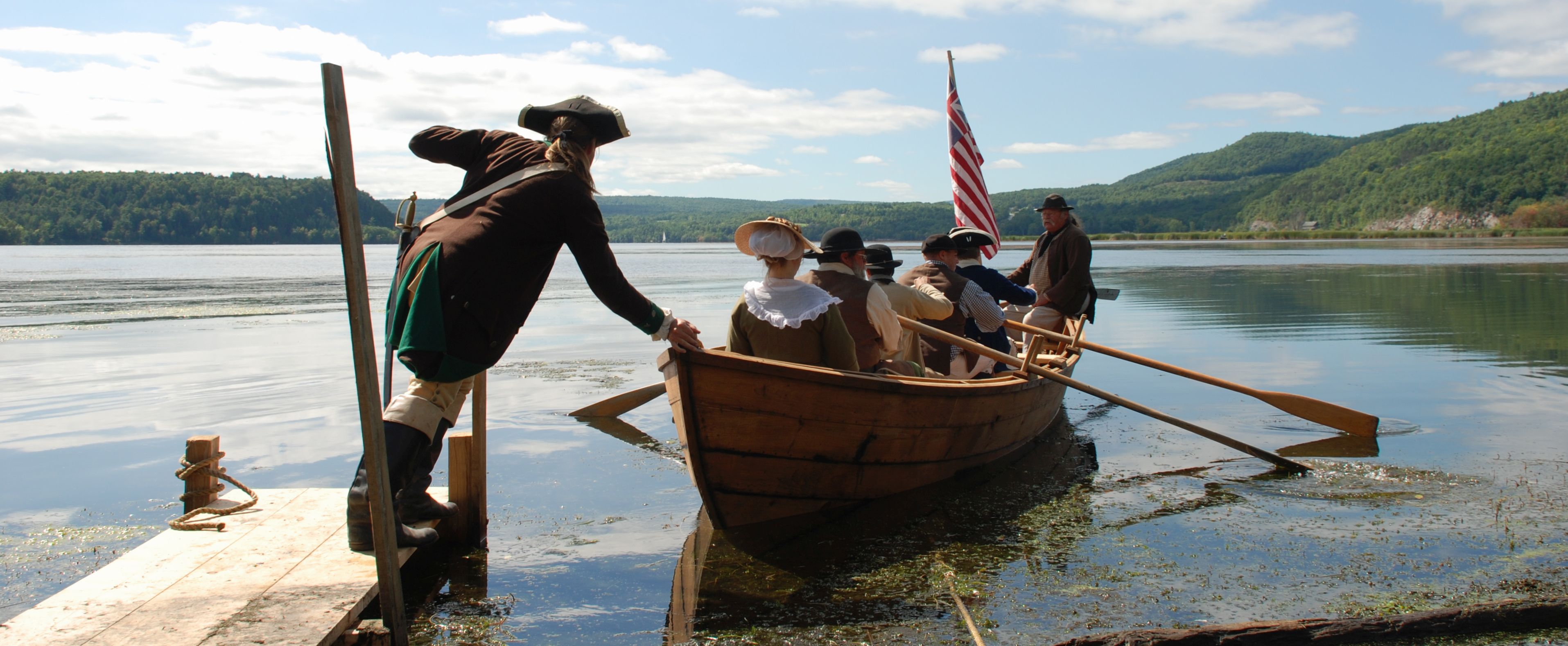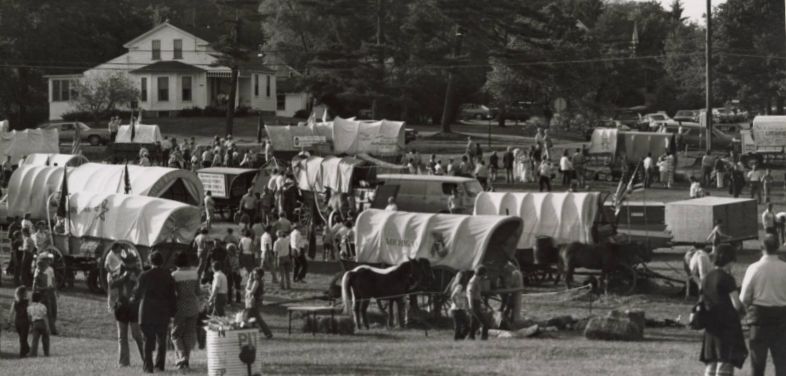Authors:
Historic Era: Era 10: Contemporary United States (1968 to the present)
Historic Theme:
Subject:
Summer 2023 | Volume 68, Issue 4


Authors:
Historic Era: Era 10: Contemporary United States (1968 to the present)
Historic Theme:
Subject:
Summer 2023 | Volume 68, Issue 4

The coming of America’s bicentennial in 1976 inspired thousands of citizens to get involved in the work of local history. Collecting, recording, displaying, and recounting the stories of institutions, neighborhoods, and families was a way for people to celebrate America’s history on the scale at which they tend to experience it — the local level.
In my hometown of Puyallup, Washington, a group of local history enthusiasts set to work on collecting community records. When it was complete, the Pacemakers Project was a multi-volume, bound treasure trove of historical information, including biographical sketches of pioneers, business leaders, politicians, and educators, plus short oral histories by an array of local residents.
In preparing such a record for the bicentennial celebration, Puyallup was far from unique. In her book On Doing Local History, Carol Kammen writes that “the national celebration of the bicentennial took place, in its most meaningful form, in America’s hometowns. Just as during the period of the centennial celebration in 1876, the bicentennial stressed our hometown heritage, and with it came an outpouring of interest in local history.”
Though initial federal-government planning for the bicentennial was centralized, the actual commemoration was highly decentralized. In addition to major events in America’s founding cities like Philadelphia and Boston, and a massive marketing campaign to sell merchandise related to America’s 200th birthday, citizens assembled in thousands of localized expressions of the bicentennial celebration. “Citizens participated heavily in community events, public art initiatives, community-improvement projects, and historical projects in churches, schools, museums, and historical sites,” writes historian Tammy Gordon.
As the 200th anniversary approached, more and more citizens took on projects to celebrate their local and institutional histories. According to the American University professor M.J. Rymsza-Pawlowska, “the bicentennial stoked new excitement in all kinds of histories: family histories, house histories, and community histories. The majority of grassroots bicentennial projects were hyper-local; they spoke to the experiences and needs of their own immediate communities.” Printed material on local history, from regular newspaper columns to books, proliferated around the time of the 200th.
Professional historians took an active role in a variety of civic projects, while amateur local historians volunteered their time and talents in an array of special projects. Federal grants administered by the American Revolution Bicentennial Administration underwrote local initiatives ranging from oral histories to park improvements, and from art exhibitions and public murals to historic-preservation projects.
